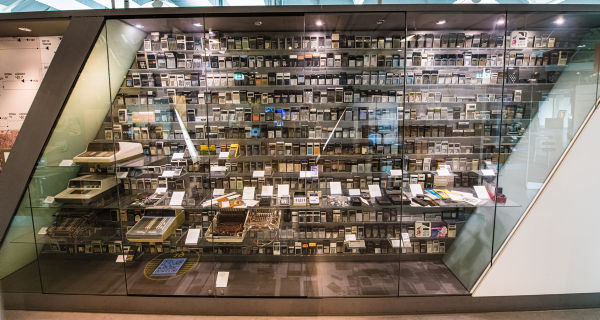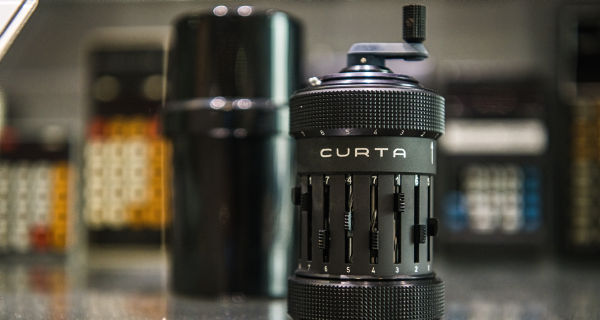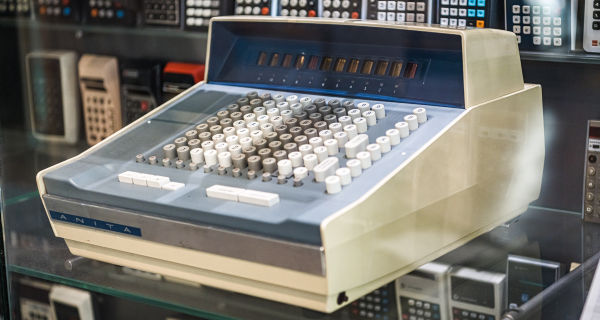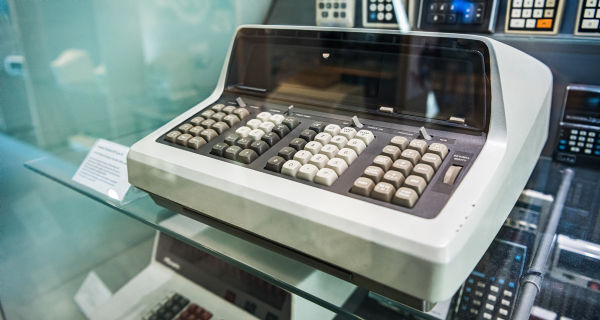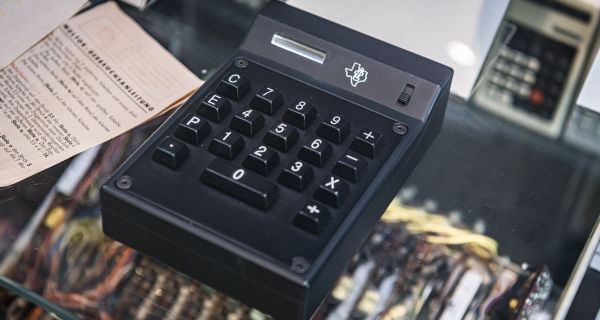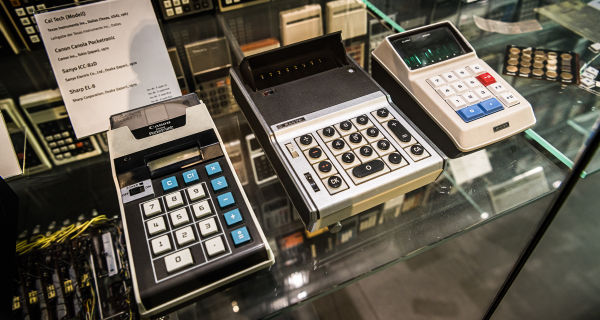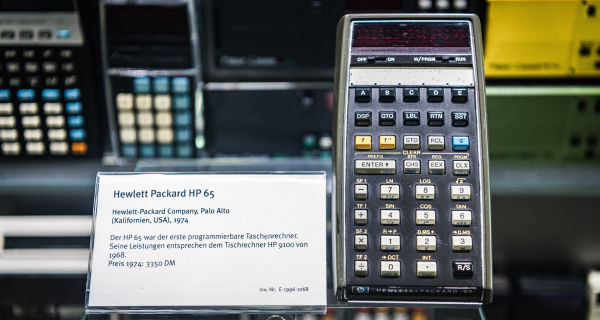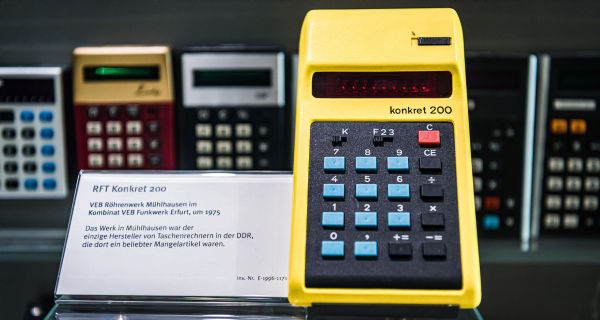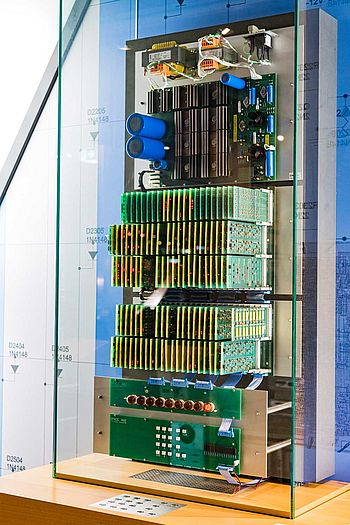The first electronic calculators replaced mechanical calculating machines in the 1960s. The tremendous success of pocket calculators in the 1970s initiated the commercial triumph of microelectronics as a mass product that continues until the present day.
The first electronic desk calculator came onto the market in 1961. The Anita - built by the Bell Punch Company in Great Britain - was equipped with 144 electron tubes, and could handle the four fundamental functions of arithmetic. At DM 4,200, this calculator cost just as much as a VW Beetle.
Revolution through integrated circuit
The IME from Italy, the first desk calculator to feature transistors, appeared in 1964. These calculators were relatively cheap, more efficient than tubes and less prone to error. German companies, such as Olympia-Werke in Wilhelms-haven, also achieved success with this type of electronic calculator. When Sharp sold the first calculator with integrated circuits (ICs) in 1966, the road was clear for components, and thus calculators themselves, to undergo rapid miniaturization.
First pocket calculator 1967
The first battery-operated pocket calculators were launched at almost the same time in 1970 by the Japanese companies Sanyo, Sharp and Canon. But the heart of these first pocket calculators - the microchip - originated from U.S. companies such as Texas Instruments and Rockwell. Texas Instruments had already developed the first prototype of a pocket calculator in 1967 but this device - known as the Cal Tech - was only designed to demonstrate the power of the new chip. It was never built in series. The tremendous sales potential for pocket calculators was not recognized at the time and, in addition, production was very expensive. For this reason, Texas Instruments sold the technical design of the Cal Tech to Canon, and did not market its own pocket calculator until 1972.
After this, prices for microelectronic products fell rapidly. As is illustrated by the 700 calculators on display, products became both more widespread and more powerful. Hewlett Packard from the USA, in particular, has dominated the market for high-performance calculators, whereas companies from eastern Asia have been particularly successful with low-cost mass products.
XXL pocket calculator
The Space Age stands 1.40 metres tall and weighs around a hundredweight. While it may look like an historical object, it's actually a unique specimen that was only made recently. And it doesn't boast a single microprocessor!
The pocket calculator reflects the state of the art of 50 years ago and consists exclusively of connected components: 3,400 transistors, 24,000 diodes and nine Nixie display tubes. It functions and is operated in the same way as a common-or-garden pocket calculator on sale for Euro 1.99.
Engineer Henry Westphal designed and constructed the Space Age with the help of a few students in Berlin over a two-and-a-half-year period. Its ROM measures 35 square centimetres. If the memory of a current smartphone were to be made using the same technology, it would be two square kilometres in size.
The calculation process of the Space Age has been deliberately slowed down at the museum. This, combined with its open construction, allows visitors to "watch it at work", gaining an insight into how the individual processing steps are performed.
